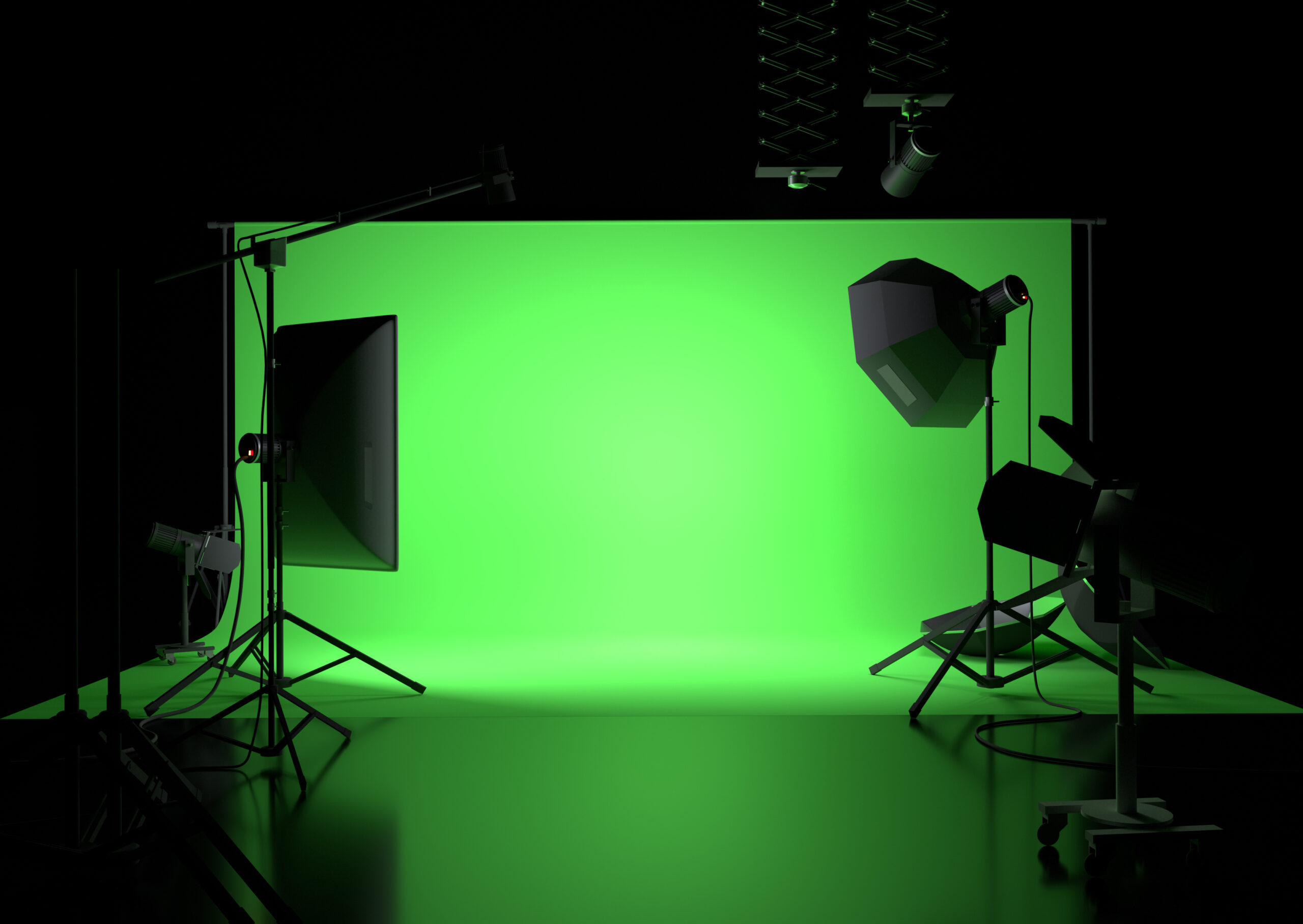How to Make a Green Screen Background
By Robin
Published June 13, 2023
 How to Make a Green Screen Background
How to Make a Green Screen Background
The world of video production is fascinating and filled with endless possibilities. One key tool that has revolutionized this field is the green screen. This seemingly ordinary tool, coupled with some digital wizardry, can transport you to another world or make you fly across the sky. If you've ever wondered how to make a green screen background, you're in the right place. This comprehensive guide will take you step by step through the process of creating your own green screen setup.
The Magic of Green Screen
A green screen, in essence, is a technique for layering two images or video streams together. The technology works by filming a subject in front of a solid color (usually bright green) and then replacing that color with a different background image or video. This technique is known as chroma keying.
Used extensively in the film industry, green screens help in creating visually stunning and fantastical scenes that would be impossible or prohibitively expensive to shoot in real-life locations. But the use of green screens is not limited to Hollywood. News studios, YouTubers, streamers, and even educators widely use it.
Creating Your Green Screen Background
Step 1: Choosing the Right Material
Firstly, you need to select a material for your green screen. It should be smooth and wrinkle-free, as any shadows or creases can interfere with the chroma-keying process. Muslin, a lightweight cotton cloth, is a popular choice. Other options include paper, paint, or even a green poster board. The key is to ensure the material is a bright, pure green.
Step 2: Setting Up Your Space
The next step in creating a green screen background is choosing the right location. The space should be large enough for your subject to move around freely. Additionally, the area should be well-lit, and ideally, there should be enough room to set up lighting equipment.
Step 3: Lighting Your Green Screen
Proper lighting is critical for a successful green screen setup. The goal is to have even lighting with no shadows or bright spots. Ideally, you should have two softbox lights, one on each side of the screen, angled towards the screen at 45 degrees. If possible, additional lights can be used to illuminate the subject separately from the background, which can help prevent shadows on the green screen.
Step 4: Positioning Your Subject
When filming with a green screen, it's essential to position your subject a few feet away from the screen. This helps prevent the green color from reflecting onto the subject, causing a green "spill" that can make keying more challenging.
Step 5: Filming Your Footage
Now that your setup is ready, it's time to start filming. It's crucial to use a camera with a good color range and ideally shoot in high resolution. The higher the quality of your video, the easier it will be to key out the green background later.
Step 6: Replacing the Green Screen in Post-Production
After filming, the green screen is replaced with your chosen background using video editing software. Popular software options for this process include Adobe Premiere Pro, Final Cut Pro, and for a free option, HitFilm Express.
Conclusion
The art of making a green screen background is a blend of preparation, technical understanding, and a sprinkle of creativity. Whether you're an aspiring filmmaker, a content creator, or just someone looking to add a touch of magic to your videos, knowing how to create a green screen background can open up a world of visual storytelling possibilities.
Frequently Asked Questions
Why is the color green often used for these screens?
Green is used because it's different from most natural skin tones and clothing colors, meaning it's less likely to cause unwanted areas to be keyed out.
Can I use a color other than green for my screen?
Yes, blue is another common choice for chroma key screens. The decision between green or blue often depends on the subjects being filmed.
Can I use any green fabric for my green screen?
While any green fabric can technically be used, it's best to use a fabric that's pure, bright green to get the best results. The fabric should also be wrinkle-free to avoid shadows.
Can I make a green screen background at home?
Absolutely! All you need is some green fabric, a well-lit room, and some basic video editing software to get started.
How much does it cost to make a green screen background?
The cost can vary depending on the materials you choose, but you can set up a basic green screen background for under $100. This includes the cost of fabric and basic lighting equipment.